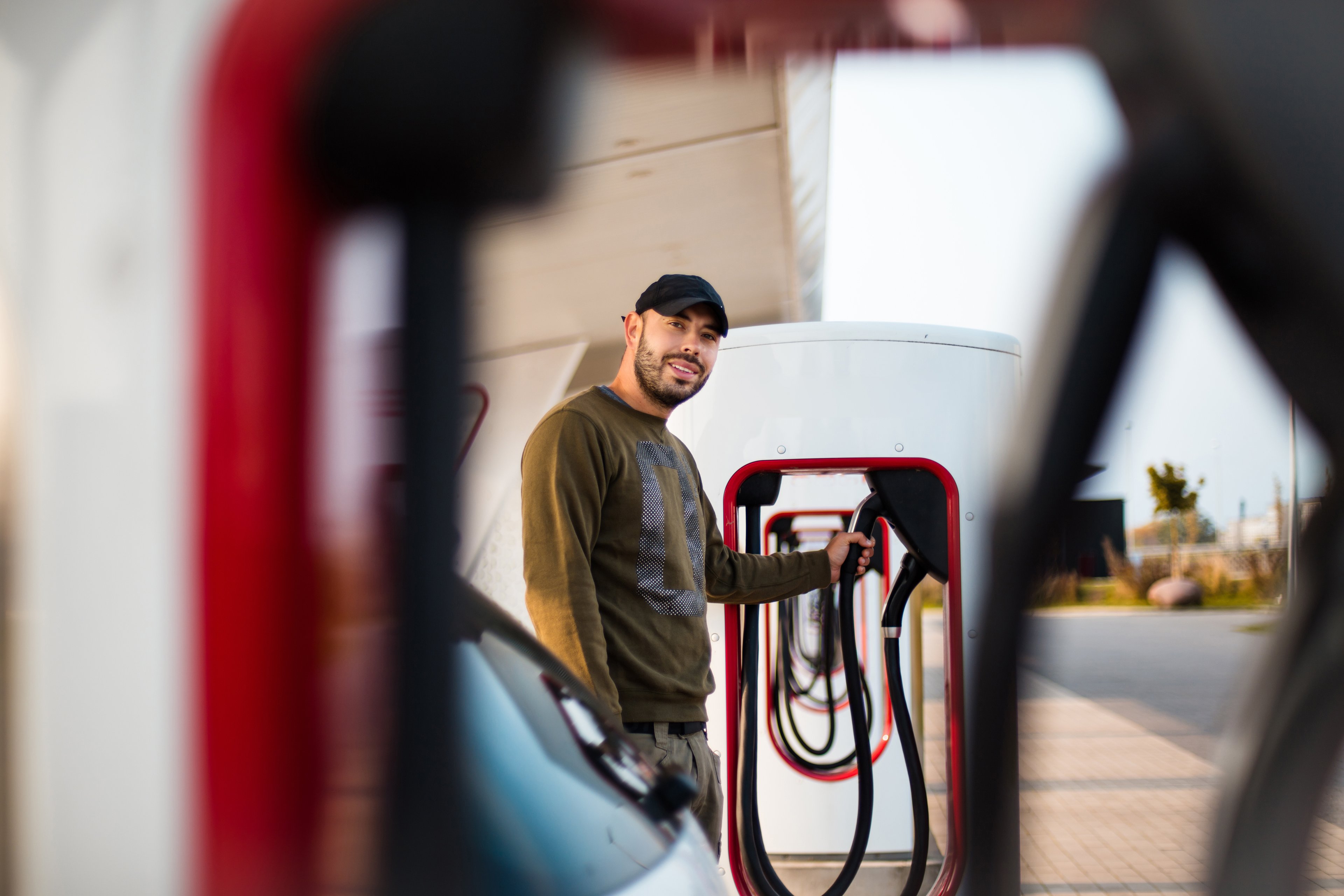Tesla Motors' (TSLA 0.24%) Gigafactory is expected to produce more than 2013's entire global production of lithium-ion batteries, or LIBs, and will need a stable source of both lithium and graphite to manufacture these tiny powerhouses of energy. In fact, it is going to need an abundance of graphite in order to meet its projected demand, as LIBs demand about 12 times more graphite than disposable lithium batteries, and it takes about 30-40 times more graphite to manufacture LIBs due to losses during processing. The Gigafactory will demand about 93,000 tons of flake graphite per year to make the spherical graphite it will need to manufacture the quantity of batteries it anticipates, so this supply concern is nothing shareholders should ignore. In this light, what will Tesla be looking for in partnering with a graphite company?

Source: Tesla
Priority No. 1: flake size and purity
The largest players in the battery market compete for the same grade of graphite, specifically prioritizing the combination of large flake size and high purity (which is determined by carbon and ash content). The larger the flake, the more useful graphite will be for LIBs, as the larger size is most effective in maximizing the mineral's concentrates. Typically, higher purity before extraction equates to higher economic value. Tesla will likely be looking for larger flakes with 95%-98% purity, from a graphite company that has confirmed large flake deposits.
Priority No. 2: spherical composition
Rather than using flat flakes of natural graphite, which lacks the surface area and purity that would be useful for LIBs, graphite companies are instead working to perfecting the process of turning flake into spherical shapes. As of now, China is the only country that has been able to scale spherical production up to commercial levels. Manufacturing this highly sought-after graphite is a newer process that requires a specific skill set and produces a great deal of raw material waste, something Tesla will likely not be too keen on, as it won't want to substantially add to its environmental footprint. Any company Tesla chooses to supply its growing need for graphite will have to perfect this process before the Gigafactory comes online in 2017, so the race is on.

Source: Tesla
Priority No. 3: environmental safety
Tesla has already come under fire for, like many other companies, sourcing their graphite from China, a country that is well known for its pollution issues and lack of environmental regulation. Any company with whom Tesla will partner will likely have to ensure the strictest regulation and voluntary compliance with the highest environmental standards. Hopefully, we'll know a lot more once Musk gets his newest blog post up, which will likely address this major supply chain concern. Historically, very few graphite-mining projects have taken the environmental impact in to consideration. Ensuring a thorough investigation that will consider the aquatic, terrestrial, ecosystem, waste rock and ore, acid generation, air quality, waste handling, recycling, and noise level impacts is a costly endeavor, but one that any company hoping to partner with Tesla will likely have to take on.

Source: Wikipedia
Working to find a supplier that can continually meet these high standards will reduce Tesla's footprint substantially, something that the company is already keenly aware of.
Priority number 4: proximity
Considering the substantial negative environmental impacts of transporting the materials from China to the U.S., Tesla will likely be looking to find a more local graphite partner. While the U.S. doesn't have any real graphite reserves to speak of, that leaves Tesla looking to the north and south for partnerships. Considering Canada's environmental protection history, having established Environment Canada in 1971, it seems our neighbor to the north could be the likely contender for Tesla's business.
Priority No. 5: resource size
If Tesla can find a supplier that will meet all of the aforementioned requirements, then it will have to have access to a large deposit in order to reduce the company's risk of having to find backup sources, which may not meet its high standards.
Tesla is likely currently in talks with potential suppliers. Knowing that whomever it partners with will likely come under a great deal of scrutiny, Tesla needs to be quite meticulous in identifying the contender that can best meet the electric-car company's expectations in a fair and economical manner. Shareholders should expect this process to take some time, as there are likely a number of graphite suppliers chomping at the bit to get in on the Gigafactory's supply chain.






